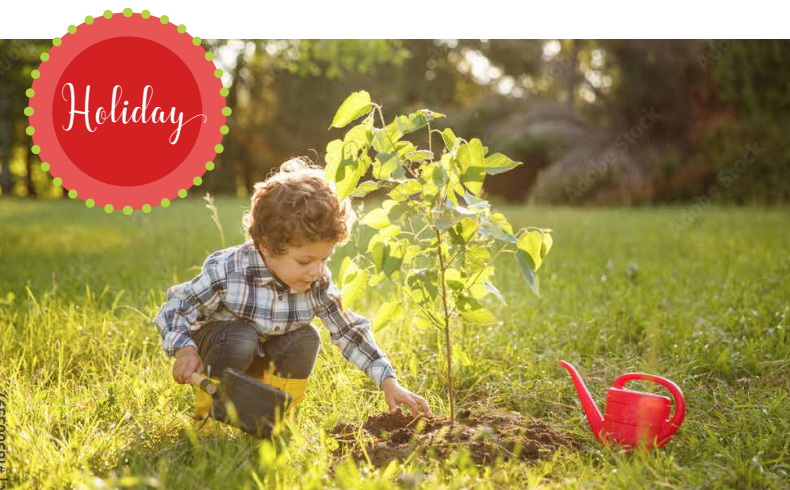
By Rabbi Jeffrey Schesnol
Tu B’Shevat is the New Year of the Trees, Rosh Hashanah Haaitzim in Hebrew, or Jewish Arbor Day. Tu B’Shevat occurs in late January or early February, the eleventh Hebrew month of Shevat, this year beginning Sunday, Jan. 16 at sunset. The minor holiday of Tu B’Shevat translated means the fifteenth day of Shevat, formerly called Hamisha Asar B’Shevat (also meaning the 15th day of Shevat.)
Long before environmentalism and ecology became mainstream, our ancestors established a special day honoring trees and their fruit. While it has no agricultural direct origin, as many of the Jewish holidays do, it is believed by many to be based on an early festival of nature celebrated by the Canaanites featuring Asherah, the farmers’ god and deity of fertility who made crops grow, aided by her male counterpart, Baal, lord of life and rain. Her festival, symbolized by trees, fell near the end of winter and the arrival of fruits, seeds and nuts. The holiday is not mentioned in the Hebrew Bible, but the earliest written record of the festival is in the Mishnah, designated as the beginning of the “fiscal year” for Judean farmers, the date from which they calculated their yearly tithes required, a tax of 10% on new agricultural produce brought to the Temple. For us, Tu B’Shevat is a holiday of sustenance and sustainability; we act on behalf of the environment.
One of four rabbinic new years, the New Year of the Trees, is a time not only to celebrate trees and their fruit, but nature, and the Land of Israel. Kabbalists of 17th century Safed developed an elaborate all-night ritual for the eve of the holiday. They created a Tu B’Shevat seder based on the Passover Seder to celebrate the holiday, and Zionists embraced it along with tree planting. The members of our congregation celebrate our Tu B’Shevat seder following specific rules of order just like a Passover Seder does. We have four glasses of wine or juice. We ask four questions. We eat special foods. We tell stories. We sing songs. We recognize the plagues, the ones that are presently plaguing our environment. The Kabbalist seder had four glasses of wine, each a different type, and sampled at least twelve fruits and nuts. Some increased the number to fifteen, corresponding to the numerical value of “tu,” and based the selection on a fruit-and-tree anthology compiled from the Hebrew Bible, the Zohar, and the visionary writings of Rabbi Nathan of Gaza.
Depending on the geographic location, the assortment of fruits varied, reflecting the local customs and availability of local produce. Iraqi Jews further expanded on the concept, increasing the number to a minimum of one hundred fruits, nuts, grains and vegetables. In the colder northern climates of Ashkenazic Jews, though, the holiday was barely celebrated historically, in part because of a lack of fresh fruit mid-winter. That changed in the first part of the 20th century with the establishment of agricultural settlements in Israel and the need to plant trees to rebuild the land; the holiday took on new significance with the establishment of the State of Israel in 1948, and the 15th of Shevat became Jewish Arbor Day.
The lesson of Tu B’Shevat is that we must be more conscious of our ties to Earth. We value the planet and what it offers us. We are mindful that we should take care of Earth, practice tikkun olam – repairing the world – rather than engaging in wasteful activities.
The environment is changing, and the idea of tikkun olam – spiritually repairing the world – is changing with it. As it says in Deuteronomy 20:19, “A human is like a tree of the field.” One human, like one tree, cannot make up a community. It takes all of us working together to repair the spiritual and physical damage humans have impressed upon the Earth. So as we celebrate this Tu B’Shevat and eat the traditional foods, we must also think about our responsibility to Earth and repairing it, whether it is planting trees or being ecologically responsible; to celebrate the power we must create a healthier and more beautiful world.
Rabbi Jeffrey Schesnol is the ceremonial and spiritual leader of Or Adam Congregation for Humanistic Judaism and associate director of the Arizona Jewish Historical Society.






